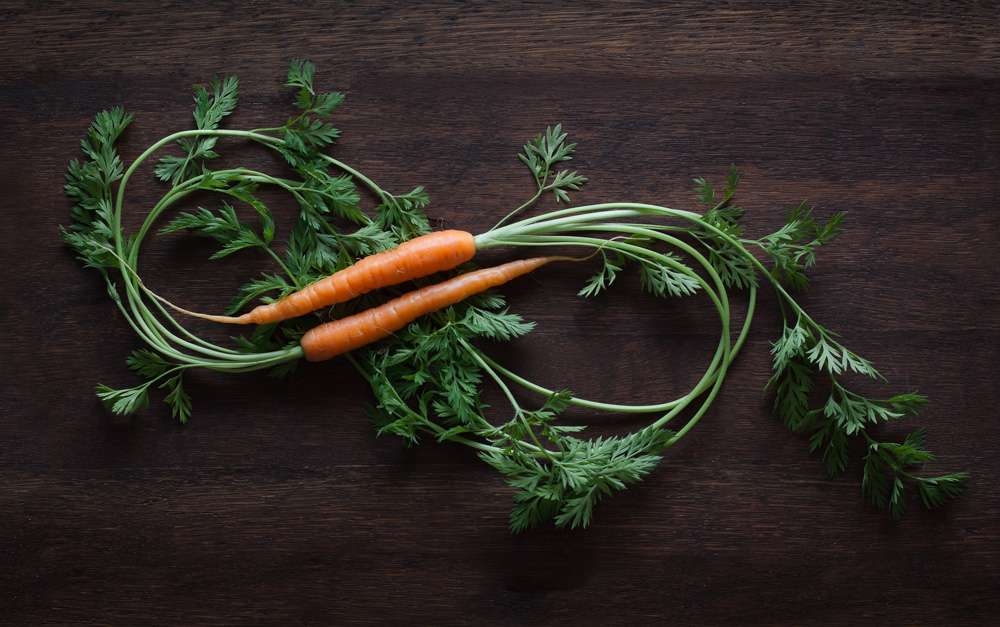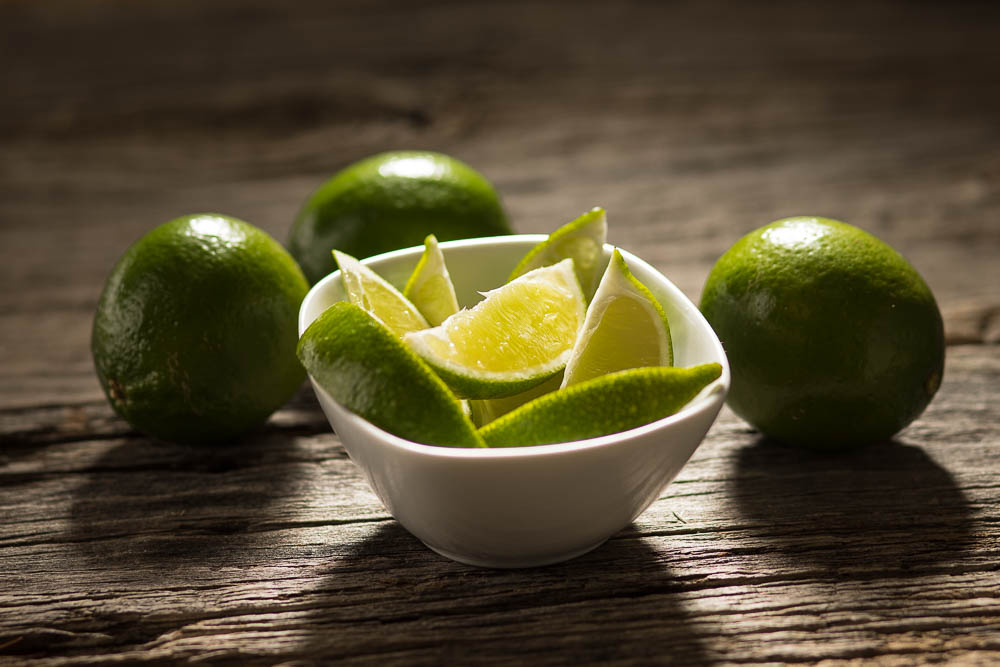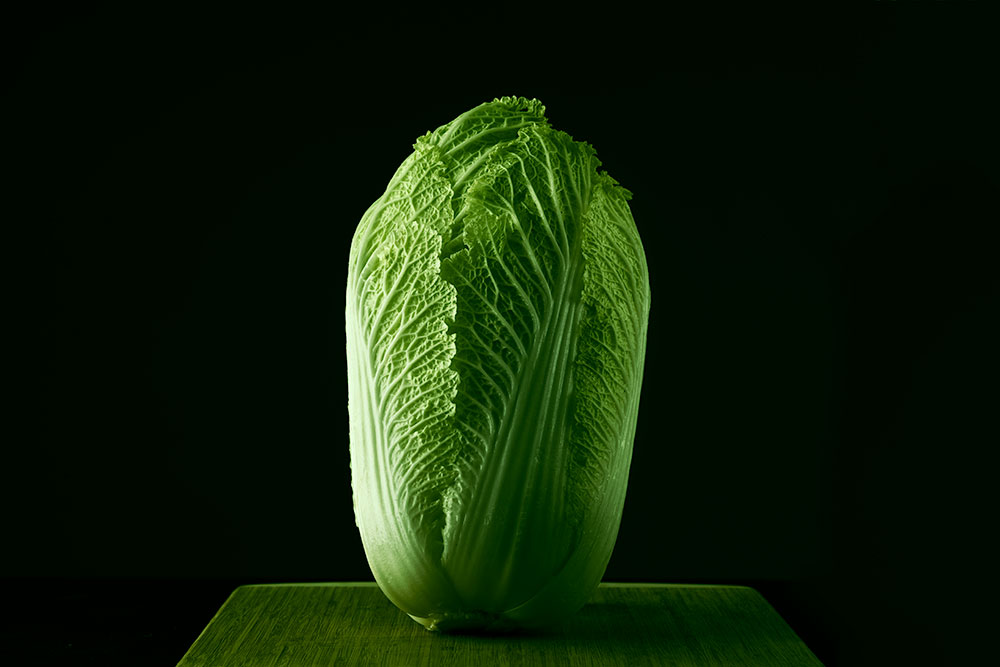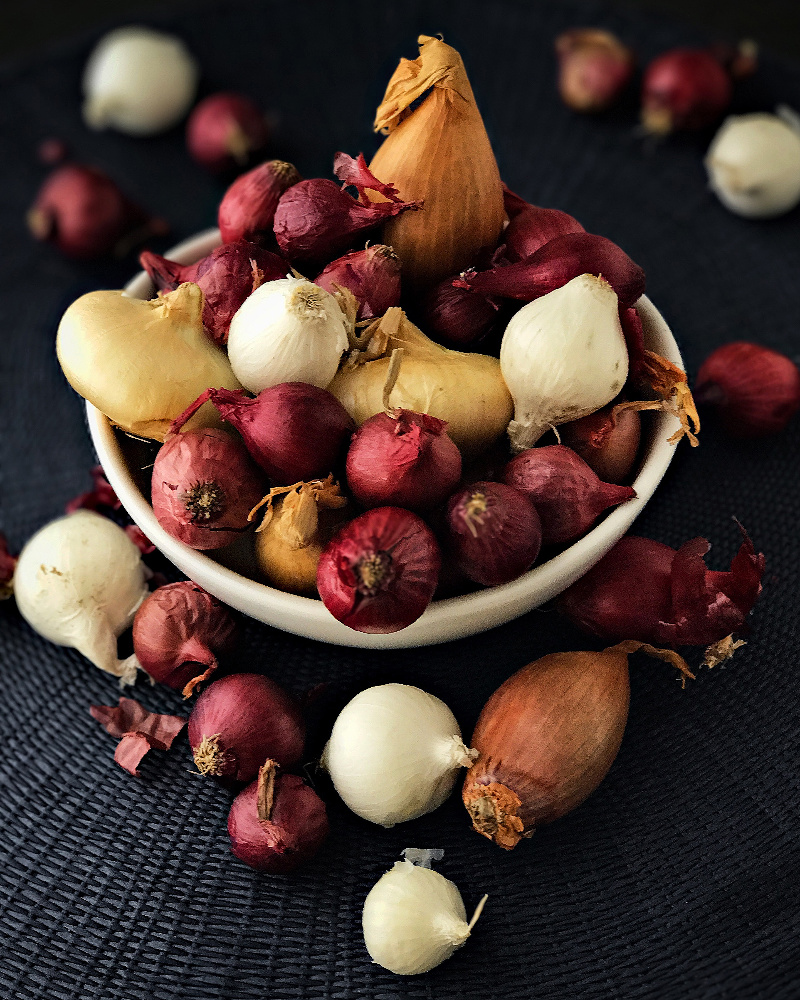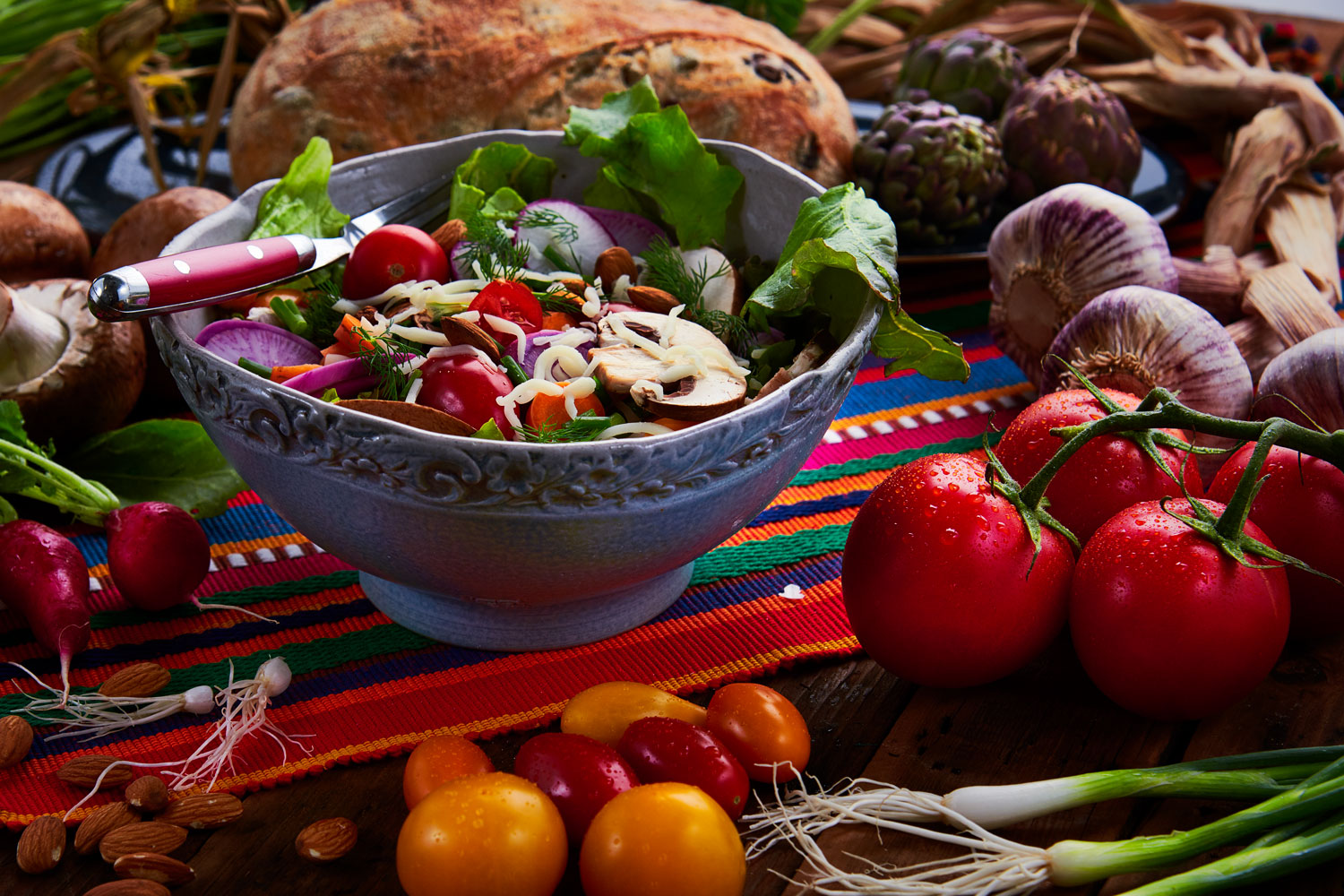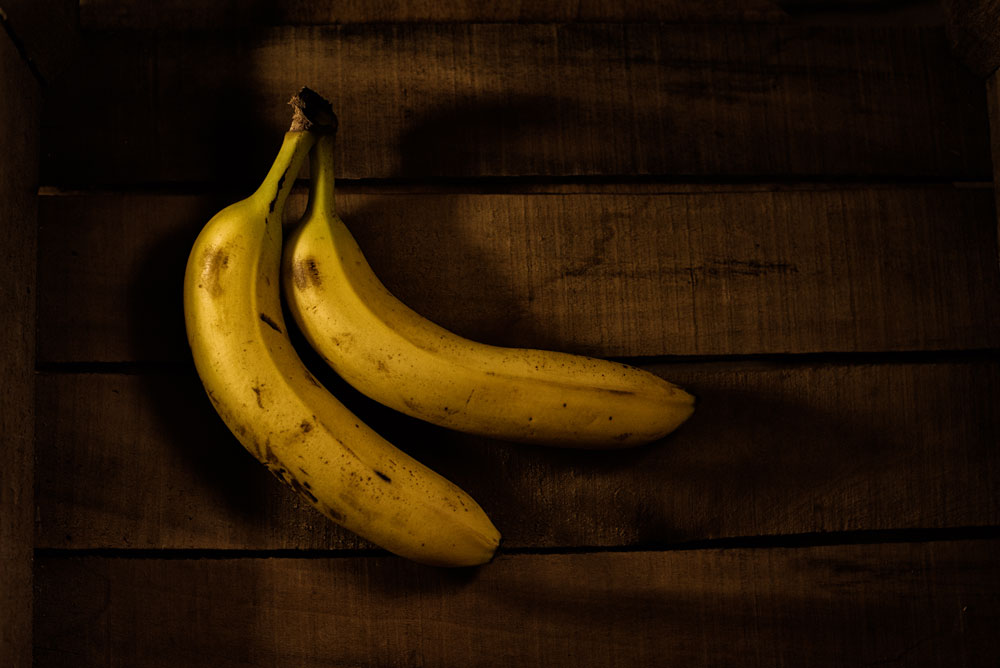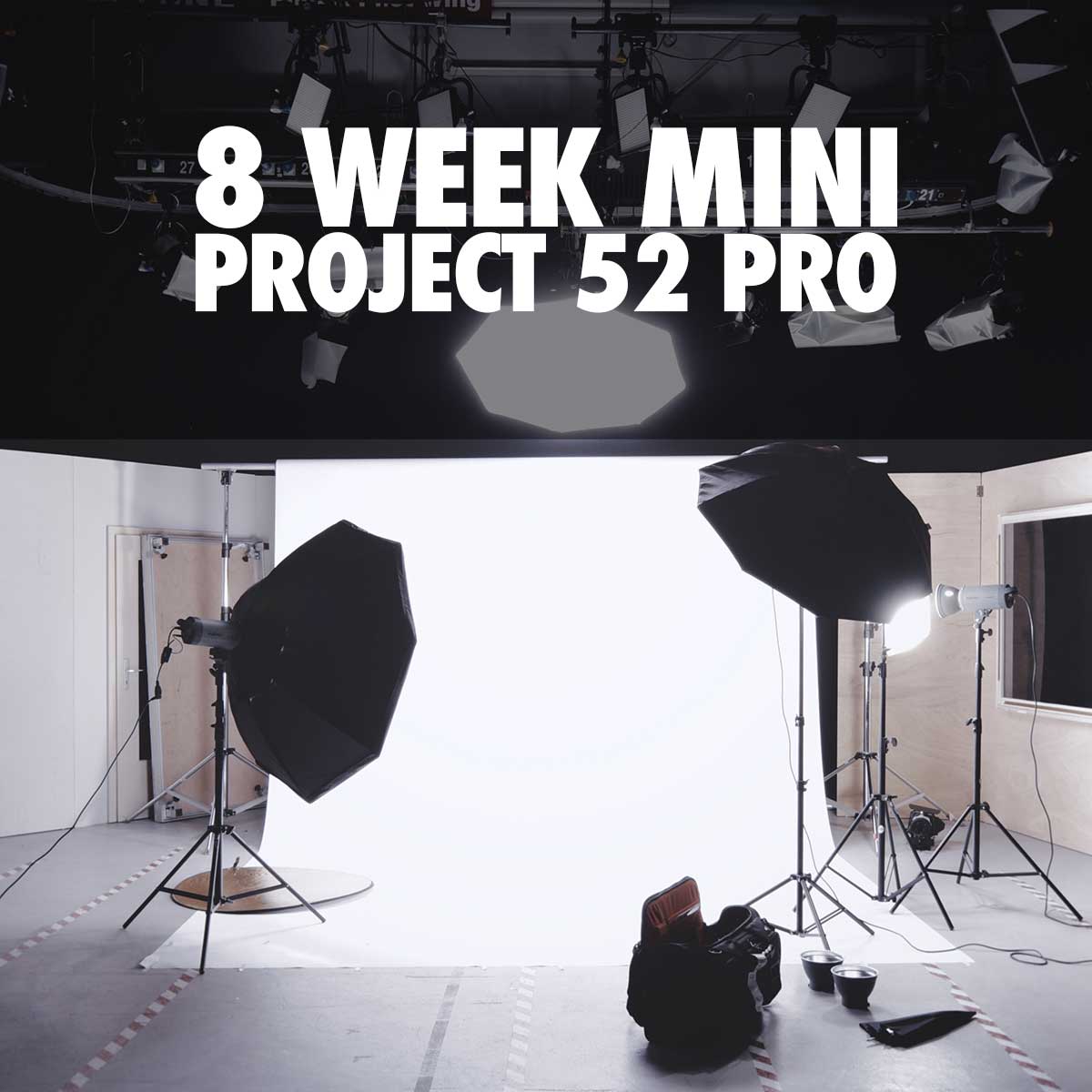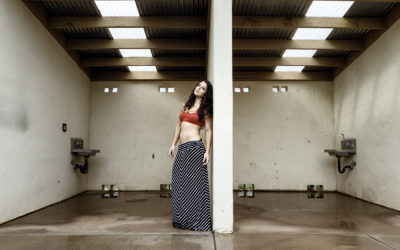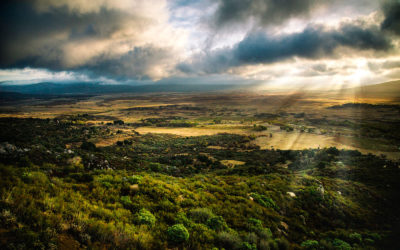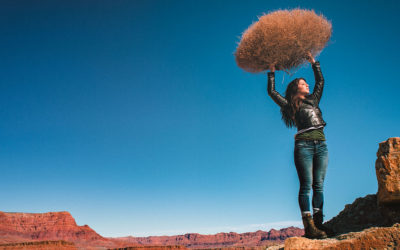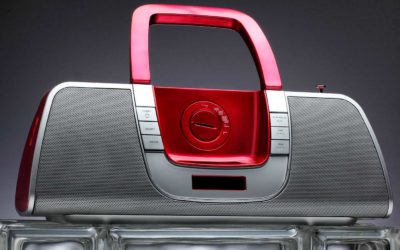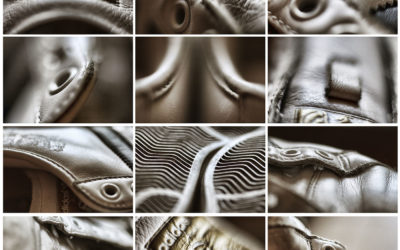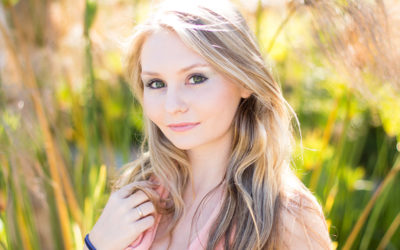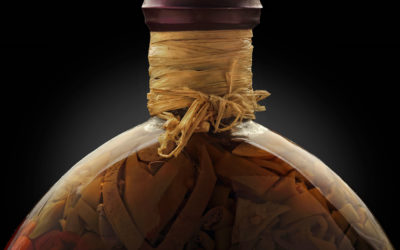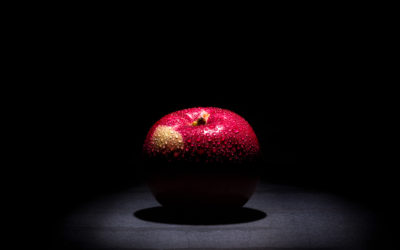Have You Considered the “Arc of Beauty” in your lighting?
(Image by Tracy Sutherland)
We are going to take a high-level view of lighting today and discuss what I call the “Arc of Beauty“. And while no lighting scheme is going to be directly discussed, what we are to think about is a general tone of the light and what it does.
The “Arc of Beauty“
The Arc is backlight from side to full back. This lighting is one that I think of every time I get ready to do a still life, food, tabletop, or product shoot. It is a go-to lighting at the highest level.
What that means is I haven’t thought about whether it will be a softbox, or an umbrella, or a grid spot… I just want to get the benefits of back / side-back lighting established first.
And I do this usually with a boom or grid-held light instrument that allows me clean vision below it while keeping the light itself above and or behind the subject. While it can be done with a stand, the boom allows me to get the stand out of the picture from behind and not have to limit my angle in order to not see it.
Full on side light is also part of the arc of beauty. And remember, top down lighting is also side lighting since it is oblique to the camera.


Full Side Light is also within the Arc of Beauty and can provide some stunning textural and dimensional presentation.

The arc also extends vertically from lower than the subject to directly over top (also a ‘side light’ in angle from the camera.
From a full on back light oblique to the camera to top down light from above, the arc is also a vertical tool that can help with dimension, texture, color definition and more.
Why do I start here?
Because the tendency of front lighting is to make things flat. Dimension falls away, shadows fall away, and the overall texture is diminished as well.
Here are two shots to show you how it works from a small, intimate image to a large scene.
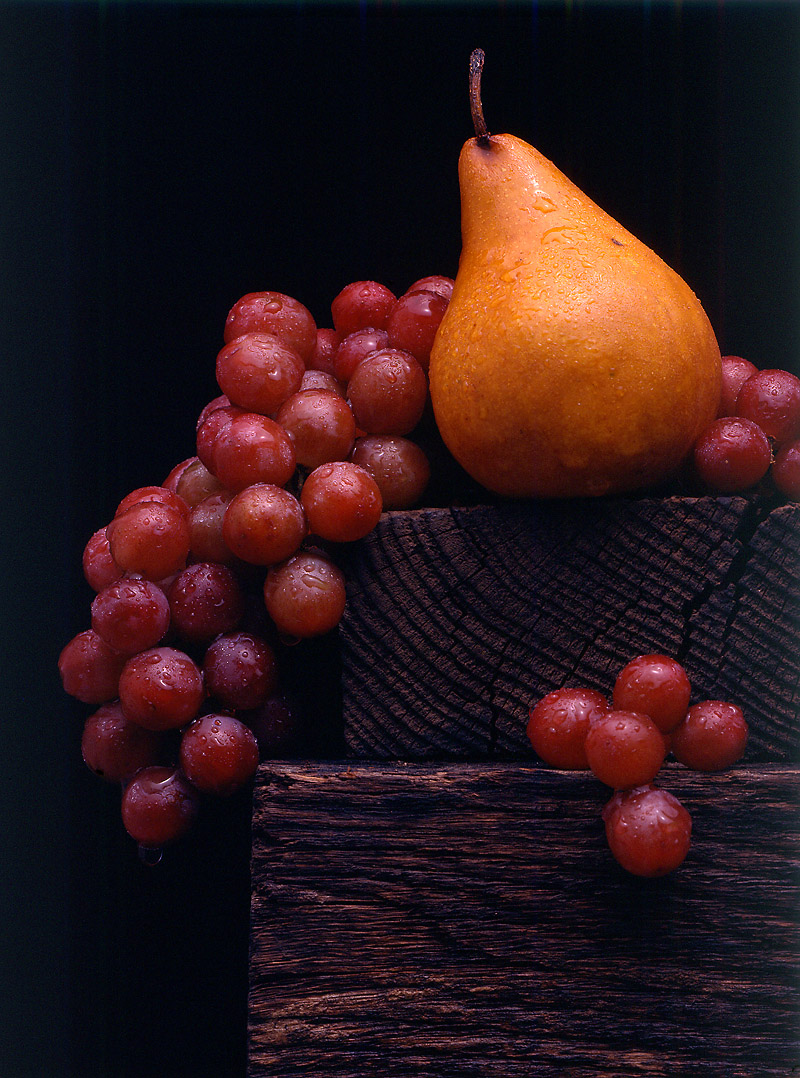
The pear and grape still life was shot on an 8 x 10 Deardorff and 14″ lens with Ektachrome 64 Transparency film. Light is from camera right and is a 24×36″ softbox shot through a 48×48″ scrim. The light is above the set.
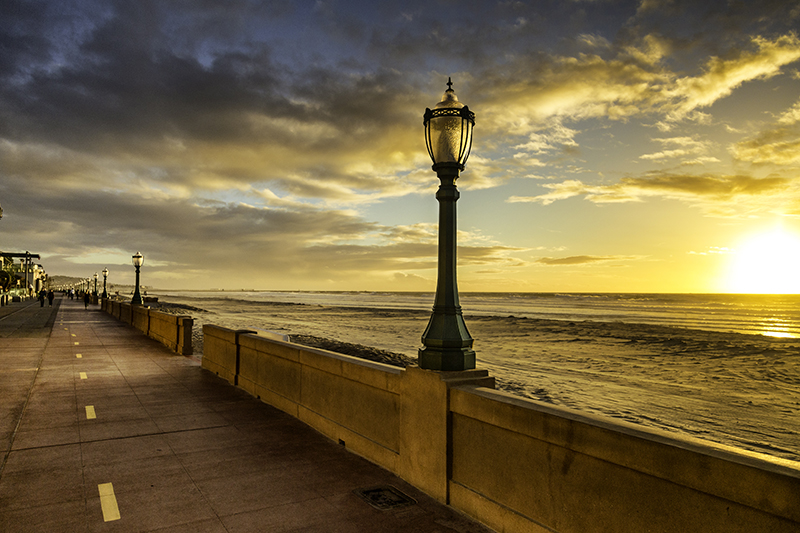
Shot on Canon 6D / 24-105 MM at 30 MM. The back light gives texture to the sand, the wall and the sidewalk. It also creates a much more interesting set of shadows and shapes. Dimension and texture.
James Kern uses light from the back right side to sculpt the texture and dimension of the assorted objects.
Are there exceptions?
Absolutely. Shiny objects, liquid, situations where you WANT a flatter, less textural light. Of course there are exceptions and there are also some very talented photographers out there who choose front lighting as a stylistic difference for their work. They make killer images because they have worked with the technique long enough to know where and how to absolutely use it.
However that might be, we are talking about the bulk of our shooting approaches here.
To see it for your own self, set up something as a still life and move your softbox all around it as you make the photographs. You may have to add a little fill to the front (large white card perhaps) but shoot one with side light, back light, side/back light, low back light, high overhead backlight.
And shoot some with the light up front.
I believe you will see the difference and may help you think about your light in a bit of a different way.

Summer is here, and this is the time for more shooting, more portfolio building, and more list building for potential clients. This PROVEN system will help you on your way. These modules are free and there is a premium version on sale for a super deep discount you will read more about on the site. Build a great portfolio while you are building a client list that makes sense. Find Photo Clients NOW

This is the Portfolio Build Class for mid-level photographers. This is not a class for beginners, or for the more experienced photographers. This is a class for photographers working on their portfolio to make it more appealing to art directors, editors, and designers. More information and enrollment.
Your portfolio will be evaluated before acceptance. If you are not accepted, you will be instantly refunded the enrollment fee.
Have you wanted to take a look at the Project 52 workshop without committing for a year?
Well here is your chance. An 8 Week Project 52 Pro Membership is ready for you to get into – NOW. And it is the full deal. All of the resources, assignments, reviews, webinars and more are there for you to work with. This is NOT a truncated offer, but a full opportunity for you to take advantage of the most unique photographic workshop on the internet.
01: Lighting Class: Light Principle One: The Size of the Light Source
Let's look at light and the four principles of how light works. First up, the size of the light source in relation to the size of the subject. Imagine looking out the window at the front yard and without seeing the sky knowing whether it is sunny or cloudy. We do...
02: Lighting Class: Light Principle Two: The Distance of the Light Source
DISTANCE OF THE LIGHT SOURCE FROM THE SUBJECT The second principle of light is the distance of the light source from the subject. One thing for sure, if it is artificial light, the distance of the light source from the subject can change the size relationship, but...
03: Lighting Class: Lighting Principle Three: The Color of Light
LIGHTING PRINCIPLE THREE: THE COLOR OF LIGHT We see light usually as a white source, or at least a neutral source. It isn't. neutral, it has a color to it and that color can influence all the parts of your image, from shadows to highlights. We don't see the color of...
04: Lighting Principle Four: Angle of the Light Source to Subject / Camera
Lighting Principle Number Four: The Angle of the Light to the Subject and the Camera Law of Physics: Angle of Incidence equals the Angle of Reflection. This is an axiom that a lot of people hear and repeat without taking careful note of what it means to their...
05: Subject Properties: Part One
EVERYTHING REFLECTS. Let me say that again. Everything reflects. Some things reflect more than others. Some surfaces are more reflective than others. But since everything reflects, we are sometimes presenting what that subject reflects rather than ‘bouncing’ light...
06: Subject Properties: Part Two
Matte Surfaces These are surfaces that are not as rough as texture, but not smooth either. Skin, cloth, natural leather, finished woods and many food items are examples. Most of what we deal with in our daily lives would fall under the Matte surface example. Matte...
07: Subject Properties: Part Three
Shiny or Glossy surfaces: The third of our major surface efficiencies is glossy or very shiny surfaces. The complete opposite of the textured surface, the glossy surface will record the reflection of the light source absolutely. That means we have to be very careful...
08: Controlling The “Presentation of Light”
Subject Centric Lighting: The Five Areas of Light Presentation Cover image by Project 52 student, Gabriel Alvarez. When the lighting choices we have made are used, the light is 'presented' back to the camera in expected, and controlled ways. There are five parts of...

